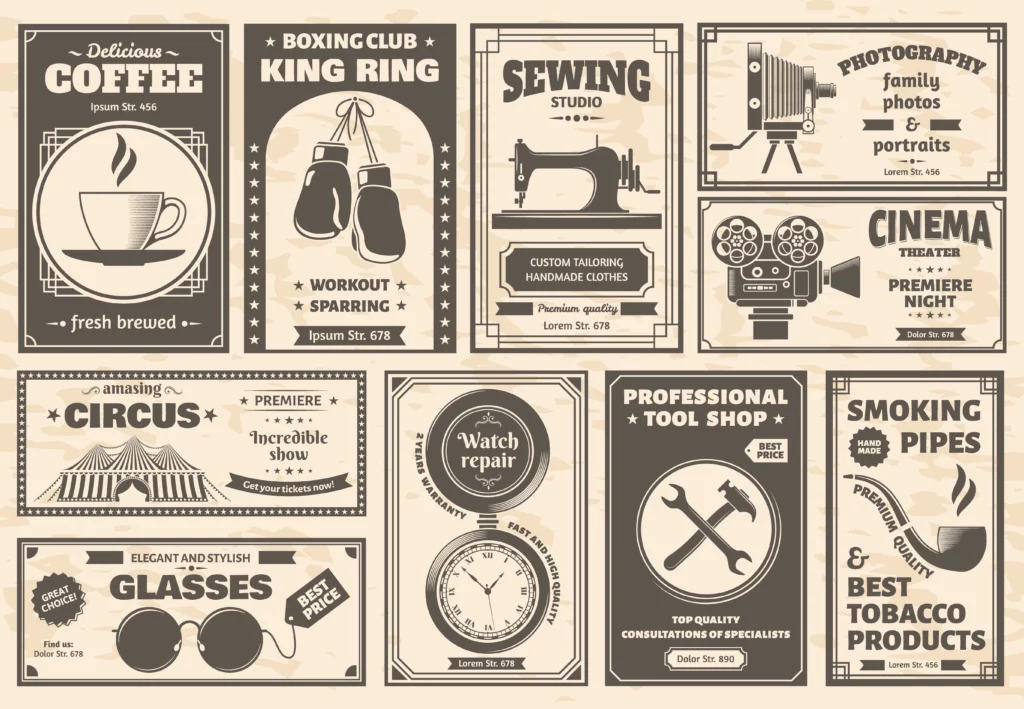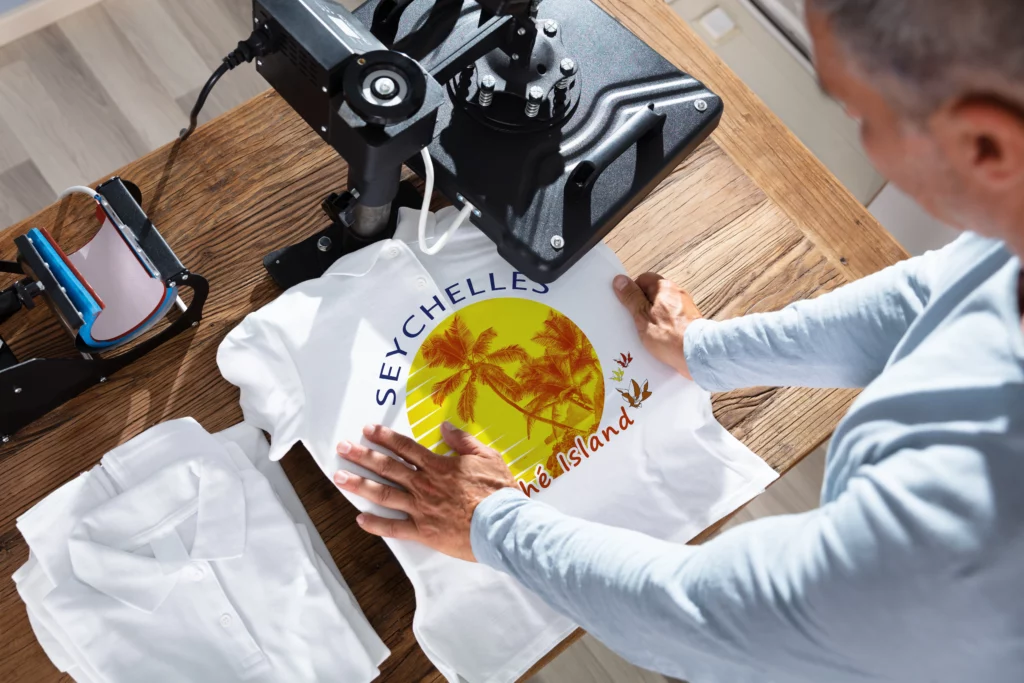Printed marketing materials, such as brochures, flyers, and business cards, can be powerful tools for communicating visually to your intended audience. These materials can be used to showcase your brand identity, highlight your products, and services, and additionally, they can provide information about your business. In this blog post, we’ll explore how to use printed marketing materials to communicate visually to your intended audience, including tips for designing effective materials and choosing the right printing options.

1. Start with a clear message
Before you start designing your printed marketing materials, it’s important to have a clear message in mind. What do you want to communicate to your intended audience? What action do you want them to take? Your message should be concise and focused and should guide the design of your materials.

2. Choose the right design elements for what you're trying to communicate
Effective printed marketing materials use design elements to communicate visually to the intended audience. These elements include color, typography, images, and layout. When choosing these elements, consider your brand identity, target audience, and message. For example, a business targeting a young audience might use bright, bold colors and playful typography, while a business targeting a more mature audience might use muted colors and a more traditional font.

3. Highlight your products or services
Your printed marketing materials should showcase your products or services in a visually compelling way. Use high-quality images and clear, concise descriptions to highlight the benefits of your offerings. Consider using infographics or other visual aids to make complex information more easily understandable.

4. Use white space effectively
White space, or the blank space between design elements, can be a powerful tool for communicating visually. Effective use of white space can help guide the reader’s eye and create a sense of balance and clarity in your materials. Use white space to separate sections of text, highlight key elements, and create a sense of hierarchy.

5. Choose the right printing options
Finally, choosing the right printing options can help ensure that your printed marketing materials communicate visually to your intended audience. Consider factors such as paper type, finish, and printing method. For example, a business targeting a high-end audience might choose a thicker, more luxurious paper with a glossy finish, while a business targeting a more budget-conscious audience might choose a thinner paper with a matte finish.

